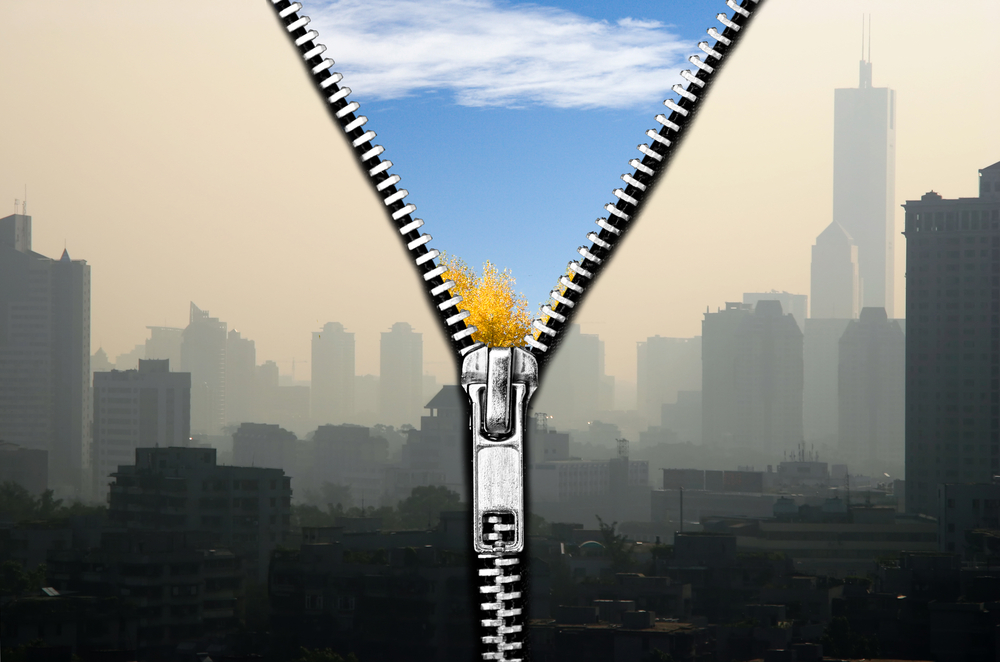
The Environmental Protection Agency (EPA) recently released its 2019 report on Our Nation’s Air, which shows that the levels of criteria pollutants in the air have decreased by 74 percent between 1970 and 2018.
During this period, the U.S. economy grew 275 percent, energy consumption increased by nearly 50 percent, vehicle miles traveled increased by 191 percent and population increased by 60 percent.
According to the U.S. Energy Information Administration (EIA), sulfur dioxide emissions from U.S. power plants decreased by 82 percent between 2007 and 2017, and nitrogen oxide emissions decreased by 58 percent. These pollutants are the principal pollutants that cause acid precipitation, the Institute for Energy Research (IER) noted in commentary on the air quality report.
IER wrote that technologies such as flue gas desulfurization units (scrubbers), electrostatic precipitators, fabric filters (baghouses), select catalytic reduction systems, advanced carbon injection systems, and direct sorbent injection systems have had a significant role in reducing sulfur dioxide and nitrogen dioxide emissions. IER also cited supercritical coal-fired power plants being built in China and other countries.
“The United States has cleaner air now than in the past,” IER said. “Legislation (e.g., the Clean Air Act and its amendments) has contributed to longstanding pollutant reductions trends. In the power sector, technology has made this possible, reducing pollutant levels at a reasonable cost that has enabled electricity to remain affordable.”